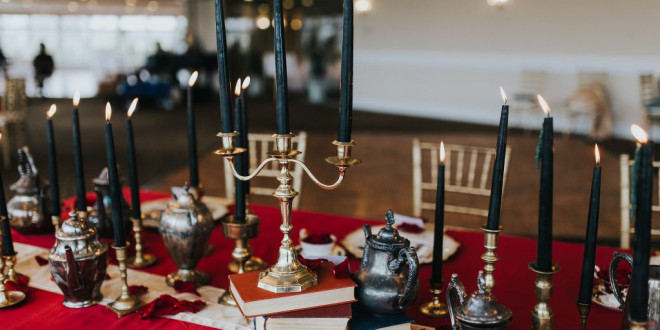[ad_1]
Here are some top tips for things to look for when you’re buying pearls.
Please note, there is no discussion here relating to increasing in value over time – i.e. an investment. Generally speaking, it is unwise to consider the purchase of any type of jewellery from an investment viewpoint because values can rise or fall over time.
Check to see if the pearl has been artificially coloured
This isn’t, in itself, necessarily a problem. Typically though, purists will look for naturally coloured pearls and they might well command higher prices.
Things that might indicate the pearl has been artificially coloured include:
- colour seemingly “wearing off” the outer shell;
- a very dark core (indication of possible irradiation to change colours);
- a very visible stratification of colour change on the inside of the pearl.
The final two above assume your pearl has a drill hole that you can look into with magnification.
Examine the regularity and symmetry of shape
Tiny irregularities of shape can be seen or felt – and that’s typically a good sign!
If your pearl is perfectly round and perfectly smooth over its surface, then you’re probably looking at an artificial not natural (whether wild or cultured) pearl made from synthetic materials.
However, even if you have a real pearl, remember that significant deformations and irregularities may (or should) reduce the value if they’re particularly evident or severe.
Look at the lustre
Peals may vary in both body colour (their background colour) and their overtones (a surface shimmer of colour). Some may not have an overtone and that is not a problem. A lot will depend upon your own colour preferences.
However, this is very difficult to describe but look for pearls that gently shine. If they’re a dull matt finish it might indicate that there has been some damage (e.g. poor cleaning techniques with acid) that has taken the lustre off.
That can hugely reduce both value and appearance.
Read the advertisement’s wording carefully
Terms used in some pearl advertisements which may mislead (intentionally or otherwise):
“Pearls from Japan“. That phrase would be true for pearls farmed in say China, shipped to Japan and then sold-on from there. Look for “farmed in Japan” to be sure – if that’s what you’re looking for;
“Certified“. By whom? To what recognised standards? Remember, a label attached to your pearls means nothing if it’s just the seller’s.
“Real pearls“. That should exclude synthetics but it’s ambiguous in terms of whether your pearls are natural (i.e. found in the wild – which is VERY rare today and they’re very expensive too) or cultured.
“AAAA Grade“. Gradings are not standard across the globe or universally recognised. Trust some of the other tips on this page and your own common sense.
Price
Typically, if all other things are roughly equal, from most to least expensive pearls run:
- natural/wild (sea);
- cultured (sea);
- freshwater;
- synthetics.
If you see cultured pearls advertised at a price close to a set of essentially plastic ones, then something’s gone wrong and you should be sceptical.
Uniformity
Only applicable to things such as strings, ideally the pearls should all be near identical in size and colour. If they’re all over the place in these respects, you may have a composite set.
Summary
If you have any doubts, you should contact an expert retailer for advice and guidance.
It might save you money and disappointment downstream!

